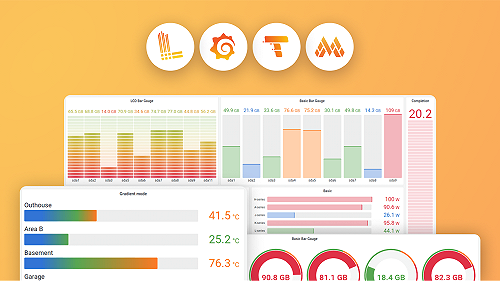AesCbcParams
Caution
The experimental module
k6/experimental/webcryptohas graduated, and its functionality is now available globally through thecryptoobject. Thek6/experimental/webcryptois deprecated and will be removed in the near future.To migrate your scripts, remove the
k6/experimental/webcryptoimports and use thecryptoobject instead.
The AesCbcParams object represents the object that should be passed as the algorithm parameter into the encrypt and decrypt operation when using the AES-CBC algorithm.
For more details, head to the MDN Web Crypto API documentation on AES-CBC.



